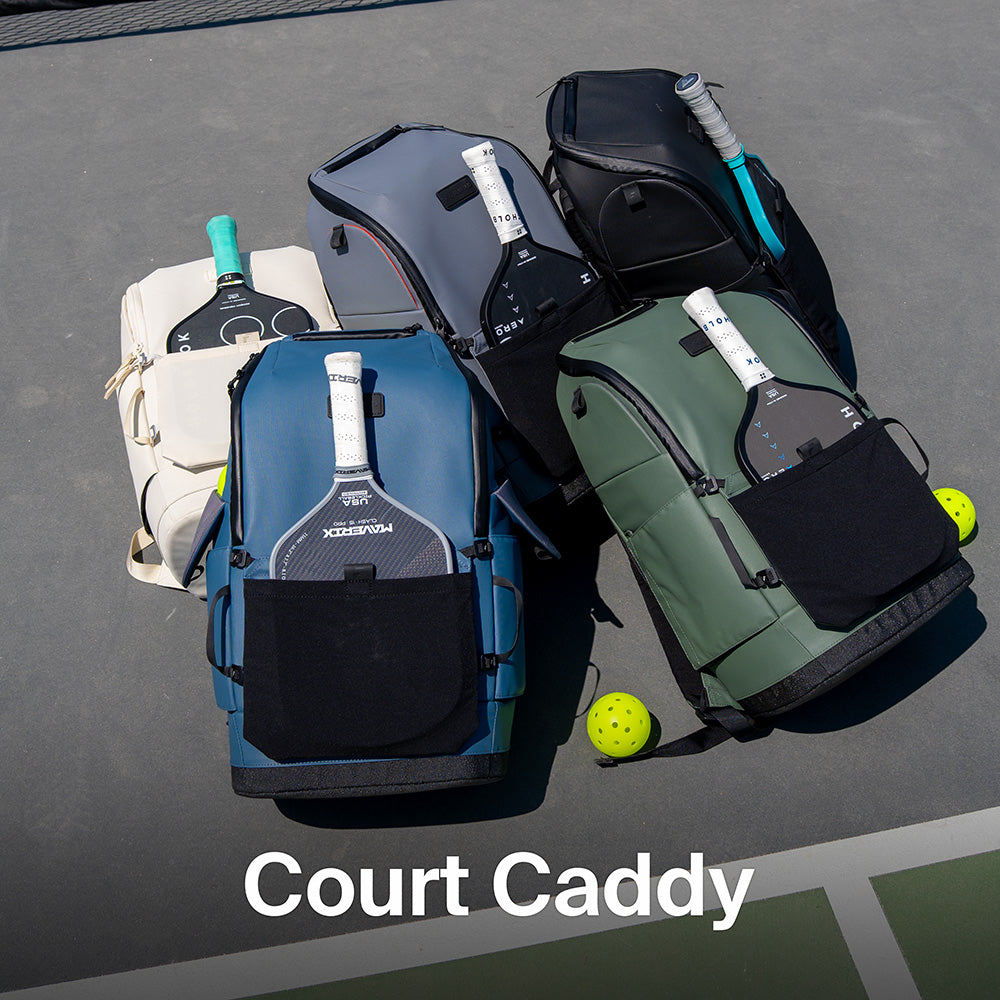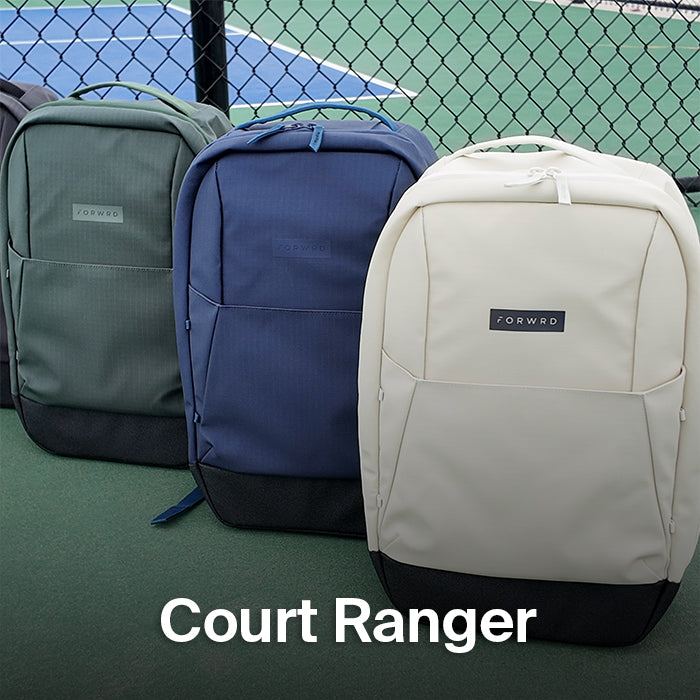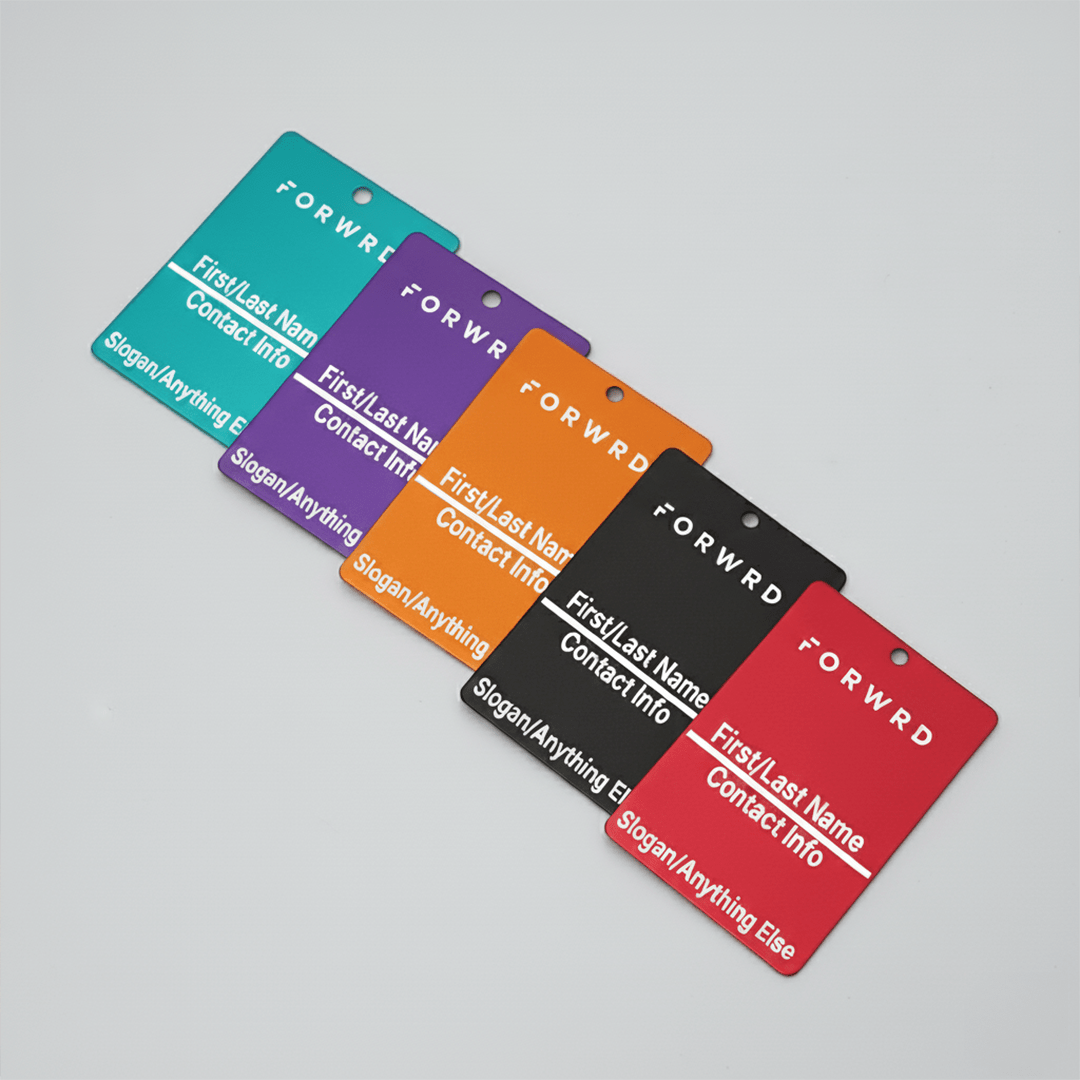Pickleball has emerged as one of the fastest growing sports in America, with participation jumping over 35% between 2022 and 2024. This surge in popularity has created robust demand for new court construction, conversions, and expert guidance on proper layout and installation. Whether you’re a parks and recreation director planning a community facility, a tennis club considering court conversions, or a homeowner dreaming of a backyard court, understanding the technical requirements and options available is essential for creating a safe, regulation-compliant playing surface.
This comprehensive guide covers everything you need to know about pickleball court development, from precise dimensions and surface materials to budget considerations and professional installation options. By the end, you’ll have the knowledge to make informed decisions about your pickleball court project and ensure it meets both official standards and player safety requirements.
Pickleball Court Dimensions and Layout
A regulation pickleball court measures exactly 20 feet wide by 44 feet long, creating a playing area of 880 square feet. These dimensions remain consistent for both singles and doubles play, making pickleball unique among racket sports where court size typically varies by game format. This standardized approach ensures that players can transition seamlessly between different facilities and maintain consistent gameplay experience.
USA Pickleball, the sport’s official governing body, requires minimum clearance zones around the court for safe player movement. You must provide at least 10 feet of clearance beyond each baseline and 5 feet beyond each sideline. For recreational play, experts recommend a total area of 30 feet by 60 feet (1,800 square feet), while tournament facilities should plan for 34 feet by 64 feet (2,176 square feet) to accommodate competitive play safely.
The court layout includes several critical zones that directly impact gameplay:
-
Non-volley zone (“Kitchen”): Extends 7 feet from the net on both sides, spanning the full court width. Players cannot volley the ball while standing in this area and must let it bounce first
-
Service areas: Each half of the court contains two service boxes, each measuring 15 feet long by 10 feet wide
-
Net specifications: Height must be 34 inches at the center and 36 inches at the sidelines, with a minimum length of 21 feet 9 inches from post to post
Accurate court markings are essential not only for regulatory compliance but also for fair play, as lines determine in/out calls and define critical play zones that affect strategy and ball placement.
Types of Pickleball Court Surfaces
Selecting the right surface material significantly impacts ball bounce, player safety, and long-term maintenance requirements. Outdoor pickleball courts most commonly use concrete and asphalt bases, as both materials provide consistent ball bounce and durability under heavy use. Concrete is considered the gold standard for professional installations due to its superior flatness and longevity, though initial costs may be higher than asphalt alternatives.
Indoor courts often utilize polyurethane sport surfaces that offer enhanced cushioning and comfort. These specialized materials can be layered over concrete or wood substrates and are designed to reduce joint stress—an important consideration given that pickleball attracts many older players who benefit from impact absorption.
Surface Material Comparison:
|
Surface Type |
Best Use |
Bounce Quality |
Durability |
Cost Level |
|---|---|---|---|---|
|
Concrete + Acrylic |
Outdoor/Professional |
Excellent |
Very High |
High |
|
Asphalt + Acrylic |
Outdoor/Recreational |
Good |
High |
Medium |
|
Polyurethane |
Indoor |
Excellent |
High |
High |
|
Modular Tiles |
Temporary/Multi-use |
Good |
Medium |
Medium |
|
Clay |
Specialty |
Slow |
Medium |
Low |
Acrylic coatings, typically made from 100% acrylic resins, are applied as top layers on outdoor courts to improve grip, weather resistance, and color retention. Professional-grade acrylic systems can last several years with minimal maintenance and provide crucial UV stability for courts exposed to intense sunlight.
Modular tile systems offer an increasingly popular non-permanent option, especially for multipurpose spaces or temporary installations. These interlocking tiles are durable, portable, and available in various cushioning levels and colors. They allow for quick installation and removal, though ball bounce may differ slightly from poured surfaces.
Less common surface options include clay (which offers more grip but significantly slower ball speeds), wood (found in older gymnasiums with lively bounce but minimal shock absorption), and grass (used experimentally but generally discouraged due to inconsistent bounce and poor durability).
Converting Tennis Courts for Pickleball
Tennis court conversions represent one of the fastest and most cost-effective ways to add pickleball facilities. A standard tennis court can accommodate multiple pickleball court configurations, making this approach attractive for facilities looking to maximize court utilization and serve growing pickleball demand.
Conversion Options:
Single pickleball court: Mark one court on either side of the existing tennis net, utilizing the tennis net lowered to regulation 34 inches at center, or deploy a portable pickleball net system.
Two pickleball courts: Layout courts parallel to the tennis net, using the tennis court’s existing centerlines as shared baselines for the new pickleball courts.
Four pickleball courts: Position courts perpendicularly across the tennis court, using the existing service box edges as reference guides for proper court placement.
Before proceeding with any conversion, you must obtain permission from facility owners or club management, as permanent or semi-permanent markings may violate usage agreements or surface warranties. Temporary solutions using removable tape, chalk, or washable paint offer flexibility while preserving the original tennis court markings.
Proper court orientation becomes crucial during conversions. Tennis courts should ideally follow a north-south orientation to minimize sun interference during play. Existing lighting systems generally provide adequate illumination for pickleball, as the smaller court size requires less coverage than tennis.
Conversion projects enable facilities to test pickleball demand and develop community programs before committing to dedicated new construction, making them an excellent first step for parks and recreation departments or tennis clubs.
Building a Backyard Pickleball Court
Creating a home pickleball court requires careful planning and attention to space, surface, and safety requirements. The minimum recommended area for a backyard court is 30 feet wide by 60 feet long (1,800 square feet), which provides the regulation court size plus essential safety buffers for recreational play.
Essential Steps for Backyard Court Construction:
-
Site preparation: Level the ground, assess drainage requirements, and verify compliance with local building codes and HOA restrictions
-
Base installation: Pour a concrete pad or install paver system with proper slope for water drainage
-
Surface treatment: Apply acrylic sport coating if desired for enhanced playability and weather protection
-
Court marking: Use precision measuring tools to ensure accurate line placement that meets regulation dimensions
-
Net installation: Set up permanent posts and regulation net, or choose a portable net system for flexibility
Concrete provides the most consistent ball bounce for home courts and offers excellent longevity with proper installation. The recommended court slope is 1% (1 foot drop per 100 feet) to ensure proper water drainage and prevent surface damage from standing water.
Professional installers can typically complete a backyard court installation in just a few days, depending on weather conditions, site accessibility, and local permit requirements. Many homeowners choose to start with a basic concrete pad and portable net, then add permanent features like posts, fencing, and lighting as their interest in the game develops.
When planning your backyard court, consider factors like noise impact on neighbors, sight lines from your home, and integration with existing landscaping. Some communities have implemented quiet hours or acoustic barriers to address noise concerns while still supporting this growing recreational activity.
Court Construction Considerations
Proper court construction extends far beyond the playing surface itself. Containment fencing is essential for busy facilities to keep balls in play and ensure player safety. Standard specifications call for 10-foot high chain-link fencing with mesh openings no larger than 2 inches to prevent the 2.875-inch diameter pickleball from escaping the court area.
Critical Construction Elements:
Fencing and Gates: Install gates at both ends of the court for easy player access. Consider adding windscreens to reduce wind interference and improve ball visibility during play.
Lighting Systems: Outdoor lighting requirements vary by intended use level. Recreational play needs minimum 30 foot-candle illumination at court surface, while tournament facilities may require higher uniformity and intensity levels.
Drainage and Slope: Proper water management prevents surface damage and extends court life. Install adequate drainage systems and maintain recommended slopes to channel water away from the playing area.
Acoustic Considerations: For noise-sensitive locations, engineered acoustic barriers can reduce ambient impact noise by up to 50%, helping address one of pickleball’s most common community concerns.
Player Amenities: Add seating areas outside the clear space requirements, preferably with shade structures for comfort during hot weather. Water fountains or bottle refill stations support player hydration and safety.
Professional complexes often integrate additional features like covered viewing galleries, equipment storage, pro shop facilities, and dedicated parking areas to create comprehensive pickleball destinations that serve both casual players and tournament events.
Budget and Cost Considerations
Pickleball court costs vary significantly based on location, surface choice, amenities, and whether you’re building new or converting existing facilities. Understanding these cost factors helps you make informed decisions and plan realistic budgets for your project.
Cost Breakdown by Project Type:
-
Portable nets: Range from $250 for basic models to over $1,000 for premium tournament-grade systems with wheels and easy setup features
-
Tennis court resurfacing: Typically costs $3,000 to $6,000 depending on existing surface condition and whether you add permanent posts and lines
-
New court construction: Professional-quality complexes including multiple courts, fencing, lighting, and amenities can easily reach six figures, with some high-profile community builds exceeding $250,000
-
Modular tile systems: Offer mid-range residential solutions at $9 to $15 per square foot installed, depending on features and customization options
Ongoing Maintenance Costs:
Sport Court surfaces and other professional systems require minimal maintenance, typically limited to periodic washing and annual line touch-ups. Concrete courts may need resurfacing every 5 to 10 years depending on climate conditions and usage intensity.
Additional budget considerations include lighting installation ($5,000 to $10,000 per court), perimeter fencing ($10,000 or more), and amenities like seating and shade structures. Long-term maintenance planning is especially important in freeze-thaw climates where surface expansion and contraction can cause premature wear.
When evaluating costs, consider the total cost of ownership including initial construction, ongoing maintenance, and eventual resurfacing or renovation needs. Higher-quality initial installations often provide better long-term value through reduced maintenance requirements and extended surface life.
Professional Installation and Maintenance
Professional installation ensures your pickleball court meets regulation standards and provides optimal playability for years to come. Sport Court, the Official Modular Tile Surface Partner of USA Pickleball, brings over 50 years of installation experience and specialized surface formulations designed specifically for pickleball’s unique requirements.
Leading professional installers use proprietary technologies including UV stabilizers, impact modifiers, and specialized surface texturing to deliver optimal traction, shock absorption, and color durability. These advanced materials help prevent common surface problems like fading, cracking, and uneven ball bounce that can develop with lower-quality installations.
Professional Installation Benefits:
-
Certified expertise: CourtBuilders and other certified installation teams ensure courts meet USA Pickleball regulations and local building codes
-
Advanced materials: Professional-grade surfaces incorporate impact absorption technology that reduces joint stress and makes the game accessible to players of all ages
-
Precision construction: Expert installation optimizes drainage, line sharpness, net tension, and surface flatness for consistent gameplay
-
Warranty protection: Professional installations typically include comprehensive warranties covering materials and workmanship
Maintenance Programs:
Many professional installers offer ongoing maintenance packages that include surface washing, line repainting, net replacement, and regular inspections for settlement or surface damage. Regular professional maintenance preserves court playability and helps identify potential issues before they require major repairs.
Professional surfaces emphasize injury prevention through engineered shock absorption properties that can reduce peak force loads on players’ joints. This focus on player safety makes professionally installed courts especially valuable for facilities serving older adults or hosting competitive tournaments where player welfare is paramount.
Conclusion
Creating a quality pickleball court requires careful attention to regulation dimensions, appropriate surface selection, and proper construction techniques. Whether you’re converting an existing tennis court, building a backyard court, or developing a community facility, understanding these technical requirements ensures your investment delivers safe, enjoyable play for years to come.
The key to success lies in balancing your specific needs, budget, and intended use level with the technical standards that ensure quality gameplay. From the precise 20-foot by 44-foot court dimensions to the importance of proper drainage and surface materials, each element contributes to the overall playing experience.
As pickleball continues its rapid growth trajectory, well-planned court facilities will serve as valuable community assets that bring people together around this accessible, engaging sport. Ready to move forward with your pickleball court project? Consider consulting with certified court builders who can help you navigate the technical requirements and create a facility that meets both current needs and future growth potential.



Leave a comment
All comments are moderated before being published.
This site is protected by hCaptcha and the hCaptcha Privacy Policy and Terms of Service apply.